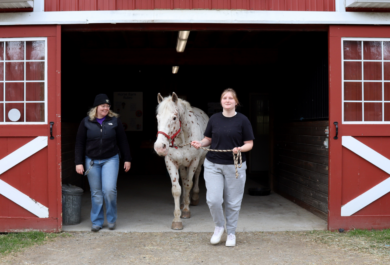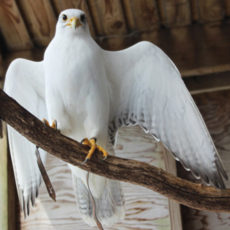Announcements

Clearpool environmental education classes bring STEM learning to life by taking full advantage of our diverse landscape. From ponds and streams to forest, wetlands, and hillsides, the Clearpool nature-based learning curriculum is developed to meet the needs of teachers and their students.
Many of our “classes” remain popular with teachers and we are always developing new curricula and adapting our old favorites. Academic programs emphasize an inquiry-based approach with core areas in:
All of the following activities are aligned with NYSED standards.
Forest Ecology science
1 hr 30 mins
Investigate the ecological connections between the forest, wildlife and humans. Our activities focus on the energy cycle, forest succession, food webs and the special features of different habitats.
Forest Exploration Hike science
1 hr 30 mins
Take an inquiry-based hike where facilitators will help participants look for and share answers to their questions about what they are finding in the woods.
Animal Adaptations science
1 hr 15 mins
Participants play games that reinforce concepts of evolution. Discuss adaptations as you touch real mammal fur and skulls. Smaller groups (max 45) may also be able to visit our small live animal room.
Pond Study science
1 hr 15 mins
Take off your shoes and be prepared to get muddy as you use nets to catch organisms ranging from frogs to small fish to arthropods. Discuss the life stages of pond animals and the complex food web that connects them all.
Wetland Ecology Hike science, technology, math
1 hr 30 mins
Visit and compare the various wetlands at Clearpool. Make hypotheses about how the water quality would differ at the swamp, marsh, bog and vernal pool and then check your theories with water testing kits. Observe how different organisms have adapted to each wetland habitat.
Watershed Connections science, engineering
2 hrs
We’re sure you all have heard that NYC has the best pizza in the world because of the quality of the city’s water. Now come and discover the incredible journey that water makes to reach residents around the state. Learn the natural components that create the watershed: the topography of the land and the protected forests surrounding large waterbodies. Then see how humans engineered a remarkable aqueduct system that transports the 1 billion gallons of water each day that the state uses each day.
Wastewater Treatment Plant Tour science, technology, engineering
1 hr
Take a tour of Clearpool’s own wastewater treatment facility. See the process by which wastewater from our campus’s sewage system is filtered and treated by bacteria until it is ready to be released back into a stream. After understanding the complexity of this process, participants have a vastly greater appreciation for the necessity of water conservation.
Maple Sugaring science, engineering
1 hr 15 mins – February and March
Visit our sugarhouse and watch how sap is tapped from a tree, and then boiled down to make the syrup we love to put on our pancakes. We’ll teach you about the history of sugaring as well as the science of sap creation within the sugar maples trees.
Compass Challenge and Orienteering technology, math
1 hr 15 mins
We will cover the basics of how to use and interpret a compass with fun search activities. Then, participants will find their way through the woods on one of our trails using a map and pacing.
Set up Camp!
1 hr 30 mins — Middle/high school only
Have you ever been camping before? We’ll teach you the basics of setting up a great campsite, including how to pack all the right gear, select a great spot, pitch your tent, cook with a campfire and to leave no trace after you leave.

Crowned the best for falconry in medieval times, gyrfalcons were once reserved for kings. As the largest falcon in the world, with exquisite plumage ranging from bright white to deep charcoal, gyrs are revered for their powerful skill of flight. Their long wings make hunting waterfowl from 3,000-feet-high a feasible and fantastical feat. This falcon was flown in the sport of falconry for several years.